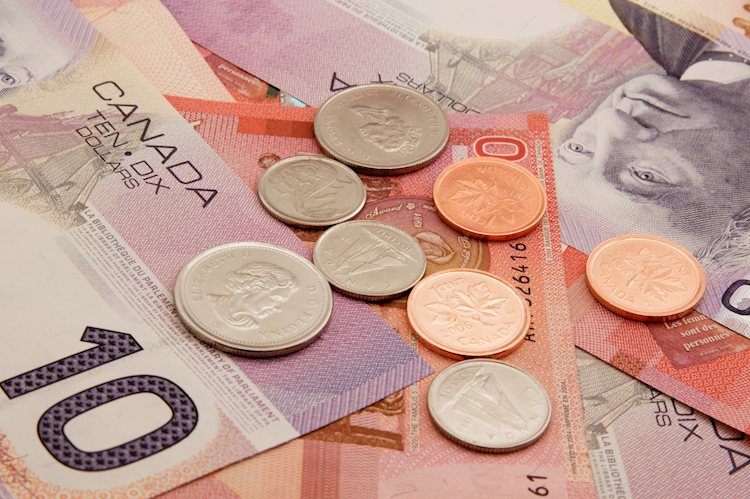The USD/CAD pair has risen to 1.3730 amid speculation that the Bank of Canada (BoC) will start lowering interest rates from June, leading to the strengthening of the Loonie asset. This speculation is driven by expectations of a prolonged policy divergence between the Federal Reserve (Fed) and the BoC. Despite the US Dollar declining, the Canadian Dollar continues to hold intraday gains, suggesting weakness in the US Dollar.
The US Dollar Index (DXY) has corrected to 105.00 after reaching a two-week high near 105.20, with uncertainty prevalent ahead of the US core Personal Consumption Expenditure Price Index (PCE) data for April. This data will greatly influence speculation for Fed rate cuts in September and is expected to be released on Friday. The expectation is that the Fed will start reducing interest rates from the last quarter of the year.
USD/CAD has strengthened after a breakout of the Descending Triangle chart formation on a daily timeframe, with heavy volume and wider ticks on the upside. The upward-sloping 20-and 50-day Exponential Moving Average (EMA) suggest a bullish trend in the near term, while the 14-period Relative Strength Index (RSI) oscillates in the 40.00-60.00 range, indicating indecisiveness among market participants.
A potential buying opportunity would arise if the asset breaks above the April 30 high at 1.3785, leading to a move towards the April 17 high at 1.3838 and the round-level resistance of 1.3900. On the other hand, a breakdown below the May 3 low around 1.3600 could expose the asset to the April 9 low at 1.3547 and the psychological support level of 1.3500.
Overall, the USD/CAD pair has been on the rise amid speculation of BoC interest rate cuts and the uncertainty surrounding US core PCE data. The pair’s near-term outlook remains bullish following a Descending Triangle breakout, with potential buying opportunities on a further upside break or selling pressure on a downside break. Investors are closely monitoring these developments to gauge the future direction of the USD/CAD pair.










